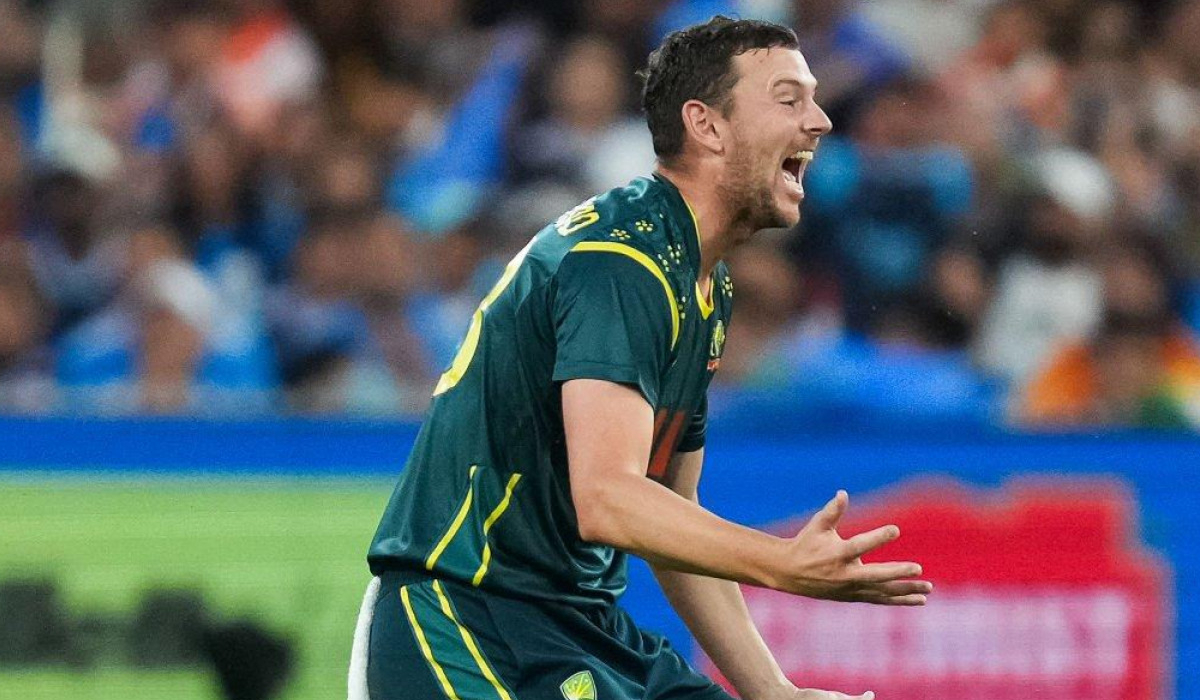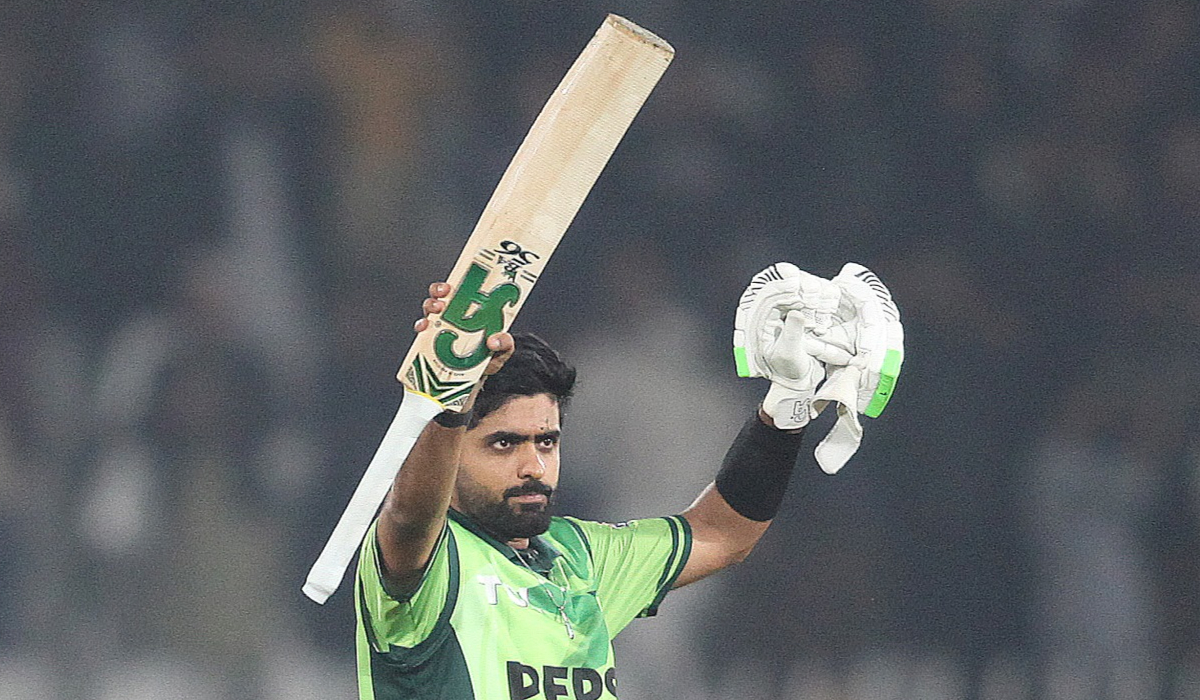By Geoff Lawson for Sydney Morning Herald
The opening Test of the 1982-83 Ashes series was played on the bouncy WACA surface in Perth, where England arrived holding the urn after their famous 3-1 win in 1981 — “Botham’s Ashes,” as they proudly called it. The match ended in a draw after England won the toss and batted with painstaking patience, grinding out 411 across 155 overs.
There wasn’t a hint of green on the pitch that morning — a stark contrast to the lush surfaces served up in recent years. Mitchell Starc has urged curators to “hide the lawnmower” at Optus Stadium this week, but I’m not convinced a green top is the smartest plan against this England side.
Chris Tavare’s vigil in 1982 — 89 off 337 balls, taking more than an hour to get off the mark — was the antithesis of Bazball, but it gave England a strong foothold. They were well accustomed to the bounce after a first-class match the week before. Australia’s bowlers carried a heavy load: Dennis Lillee sent down 38 overs, Terry Alderman 43, Bruce Yardley nearly the same, and I bowled 29 in the first innings. It was the last time that quartet played together that summer.
Alderman’s season ended abruptly when a field invader wearing a Union Jack vest collided with him, causing a severe shoulder dislocation that required surgery. Lillee’s knee flared in the second innings, and his 33 overs were his final contribution of the series. With Australia reduced to three frontline bowlers, including Yardley’s off spin, England posted 358 in their second innings and time ran out for a result.
Bob Willis captained England and shared the new ball — something Ben Stokes may consider if Mark Wood’s hamstring remains a concern. Ian Botham, Norman Cowans and Derek Pringle rounded out the seamers, with Geoff “Dusty” Miller providing off spin and depth with the bat. Cowans, the quickest of the group, fills a role comparable to Jofra Archer today, capable of causing havoc once the Kookaburra softened.
England’s attack stayed largely intact for the next four Tests. Australia’s did not.
Carl Rackemann came in for Alderman in Brisbane but lasted only 12 completed overs before hobbling off with a groin injury after telling the slips cordon, “I’m finished.” Yardley again shouldered more than 40 overs — a workload Nathan Lyon may face if the surfaces are dry. But if the pitch is green, Lyon may not play at all.
Jeff Thomson replaced Lillee and, though bowling at a more moderate pace than in his prime, proved twice as crafty. Australia won the second Test, the margin of seven wickets masking how tight the contest was. The home side stretched the lead to 2-0 in Adelaide after Rodney Hogg replaced Rackemann. England clawed back with a three-run win in Melbourne before the series finished with a draw in Sydney. Only one of Australia’s specialist seamers from Perth lasted the entire series. Willis later called the attack “accidental” — not designed, but effective.
There was no rotation policy then. Form ruled, injuries were expected, and selectors leaned on players thriving in the Sheffield Shield.
Australia may hold a similar advantage now. When the Big Bash League begins on Dec. 14, six Shield rounds will already have been played. Josh Hazlewood’s hamstring issue has opened the door for Michael Neser, who has been relentless in domestic cricket, and Brendan Doggett, whose steep bounce recalls Rackemann. Fergus O’Neill is in strong form, Riley Meredith offers genuine pace, Nathan McAndrew is reliably tight, Xavier Bartlett brings white-ball experience, and Jhye Richardson is set for Australia A duty against the England Lions.
The cupboard is well stocked.
England’s hopes depend heavily on keeping Wood fit and on the readiness of the Lions players who appeared at Lilac Hill and will face a Cricket Australia XI later this month. Wood’s speed is irreplaceable; Archer’s, too, if he goes down again.
If England want to borrow from 1982-83, when Thomson mounted an unlikely resurgence, they might look to their own veteran. At 43, Jimmy Anderson is still playing. Don’t rule out one more call-up — and more wickets on his remarkable tally of 704.


 Win Projections to be updated soon
Win Projections to be updated soon



















